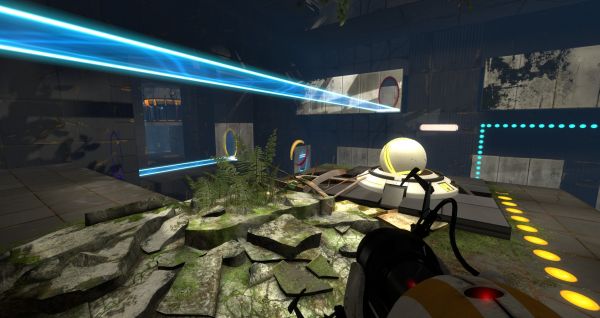
Horizontal portals are analogous to a public website which tries to deliver every type of service that its users may need. Portals can be divided into two classes: Horizontal portals (Horizontal Enterprise Portals) and vertical portals (Vertical Enterprise Portals). Contents are collected from the different and diverse sources. The visibility of one content changes from person to person which means a content could be unique to a user based on group member settings. Contents in a web portal are dynamic and changed frequently. Web portal content is login protected and user specific and its interface could be public and private. It is the private location on the internet retrieved through a unique URL (web address), and probably login id and password. Definition of PortalĪ web portal is a typical knowledge management system that delivers the facility for organisation or companies to build, share, interchange and reuse knowledge. There is no use of a personalized database, and the website does not usually reference it. these websites are intended to educate their site visitors about their industry, products or services information. 
The user can perform any specific task, and the website supports it.Ī website could be industry-specific, product specific or services specific etc.

Users need not to login for accessing the website. Content on a website is globally visible, publically used, remains same for the different individuals. A website is the group of web pages which are placed in a location on the internet and accessed through a web address.






 0 kommentar(er)
0 kommentar(er)
